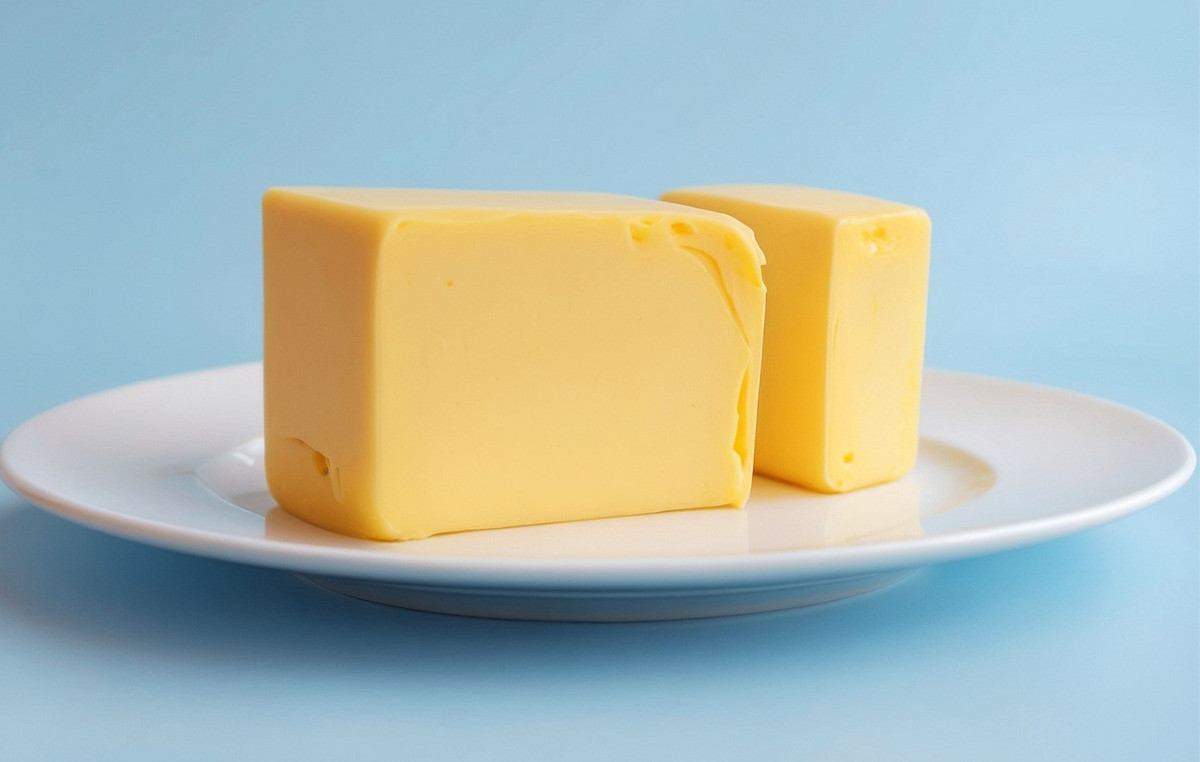The cous cous Trapani style is a perfect example of the “good” that can arise from the meeting of different cultures, even if it is difficult to date it precisely: the recipe could have been absorbed by the Sicilians during the Muslim domination of the island, or following relations with the North African areas after the thirteenth century. What is certain is that the first written sources of couscous in Sicily date back to the end of the 18th century and that the traditional recipe sees the durum wheat flour – neither too big, nor too fine – accompanied by a rich fish soup (redfish, grouper, St. Peter’s fish, vopa, gurnard, eel, emperor fish and also prawns or scampi).
Cous Cous Fest 2023
The dish has become particularly rooted in the Trapani area, so much so that in San Vito Lo Capo, since 1998, the Cous Cous Fest: this year the Italian championship, scheduled for 15 and 16 September, will see four chefs compete (Benedetto Di Lorenzo, of Palermo origins; Antonello Pomata, from Carloforte, on the island of San Pietro in Sardinia; the Roman Micaela Di Cola; Stefano Zamboni from Rovigo). The World Championship couscous, however, from 21st to 24th September, will be played at the gastronomic village, where every day from midday to midnight you can taste couscous coming from all over the world. Returning to the Sicilian recipe: here it is in the traditional version provided by the Feedback agency of Palermo – which organizes the event together with the Municipality of San Vito Lo Capo. With two necessary premises: first, those who do not have a couscous maker can use the classic steam cooking basket lined with finely woven gauze, to obviously be placed on a pan of boiling water flavored as follows. Second: anyone who thinks they can get by with pre-cooked couscous that can be quickly rehydrated with warm water has the recipe wrong. It must be said, the preparation is long and requires patience, but it is not complex. A perfect dish to surprise guests during a special occasion.
The recipe for Trapani-style couscous
Ingredients for 10 people: 1 kg durum wheat semolina, 4 golden onions (medium size), 1 head of Nubia garlic, 400 g Valli Trapani extra virgin olive oil, 6 bay leaves, 10 g ground cinnamon, 20 g salt, g 8 black pepper, 300 g parsley, 500 g double tomato paste, 2 untreated lemons, 2 kg mixed fish for soup (gurnishes, scorpion fish, crockfish, grouper…), 250 g Castelluzzo almonds.
Procedure for couscous: “Incocciare” the couscous (technique which serves to aggregate the semolina into small grains with a circular movement of the hand, possibly in a “mafaradda”, a glazed terracotta container, through the use of a little cold water), then leave it to dry on a tablecloth. Season with extra virgin olive oil, ½ chopped head of garlic, chopped onion, salt, pepper, cinnamon, bay leaf, rosemary, sage, sweet paprika, salt, pepper and a part of chopped parsley with all the stems. Prepare the couscous dish by flavoring the water in the terracotta pot with lemon, bay leaf, parsley stems, an onion, juniper, carrots and celery, cloves and a little spices, and seal the steaming basket with some pasta matta (or bread dough, or a dampened and rolled cloth). Cooking varies between approximately 60 and 75 minutes, and here the tasting rule applies. A local trick consists in making three small rings with the pasta made to seal the pots that form the couscous dish together, essentially taralli, and placing them on top of the couscous: when they are cooked, it is ready.
For the fish soup: Prepare a pesto of almonds, chopped onion, garlic, parsley and salt with the mortar. Place extra virgin olive oil in a deep saucepan and lightly brown the pesto, add the tomato paste and after a short while 4 liters of water and cook slowly. Add the previously cleaned fish halfway through cooking, season with salt and pepper, finish cooking and drain the fish.
Finishing and resting the couscous: Place the couscous in the “lemmo” (terracotta container), wet it with the fish soup broth and leave to rest for at least two hours so that the semolina absorbs all the juices. Serve with the barbed fish, the soup on the side and some toasted and chopped almonds.
The other episodes of «Traditional Italian recipes»:
Traditional Italian recipes: Sicilian pasta alla norma
Traditional Italian recipes: Apulian friselle
Traditional Italian recipes: Tuscan panzanella
Traditional Italian recipes: Sicilian aubergine timbale
Traditional Italian recipes: Ligurian-style stuffed anchovies
Traditional Italian recipes: Sicilian Macco di fave
Traditional Italian recipes: Venetian sardines in saor
Traditional Italian recipes: Valtellina sciatt
Source: Vanity Fair
I’m Susan Karen, a professional writer and editor at World Stock Market. I specialize in Entertainment news, writing stories that keep readers informed on all the latest developments in the industry. With over five years of experience in creating engaging content and copywriting for various media outlets, I have grown to become an invaluable asset to any team.







